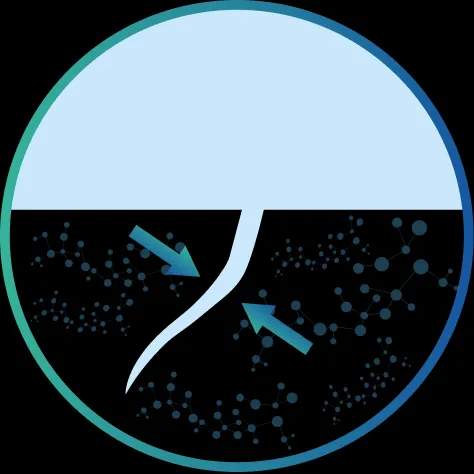Terrace waterproofing: effective methods for long-lasting protection
Terraces are continuously exposed to atmospheric agents and, if not adequately waterproofed, can suffer structural damage due to water infiltration.
An effective terrace waterproofing system is essential to ensure the protection of the structure and prevent problems such as humidity, mold, and concrete degradation.













concrete

Why is it Important to Waterproof a Terrace?
Rainwater can penetrate the micro-cracks in the concrete and, over time, compromise the integrity of the entire structure. Some of the main problems caused by the lack of proper waterproofing are:
- Leaks into the underlying rooms, with damage to walls and ceilings.
- Formation of cracks and fissures, which worsen with temperature variations.
- Degradation of concrete, with detachment of the coating and corrosion of the reinforcement.
- Presence of mold and humidity, with consequences on the healthiness of indoor environments.

Waterproofing Systems for Terraces
Depending on the needs and characteristics of the structure, it is possible to opt for different waterproofing technologies:
1. Waterproofing with Crystalline Admixtures
The use of crystalline admixtures for concrete, such as Drymix and Drymix Ultra, represents an innovative and effective solution to waterproof a terrace already under construction. These admixtures react with the water present in the concrete, forming insoluble crystals that capillary seal the structure and prevent the entry of moisture.
Advantages:
- Permanent protection from humidity
- Improvement of the chemical and mechanical resistance of concrete
- Self-sealing of micro-cracks up to 0.5 mm
2. Waterproofing with Liquid or Cementitious Membranes
Liquid or cementitious waterproofing membranes are flexible solutions, ideal for existing terraces or those subject to structural movements.
Types of waterproofing membranes:
- Polyurethane membranes: elastic, resistant to UV rays and wear
- Acrylic membranes: easy to apply and suitable for pedestrian surfaces
- Two-component cementitious membranes: highly adherent and resistant to negative pressures
3. Waterproofing with Bituminous Membranes
Bituminous membranes are one of the most traditional methods used to waterproof terraces. They are composed of layers of bitumen modified with polymers, applied hot or cold on the surface.
Advantages of bituminous membranes:
- High mechanical resistance
- Good durability
- Suitable for large surfaces

How to Choose the Best Solution?
The choice of the most suitable waterproofing technology depends on several factors:
- Type of terrace (pedestrian or non-pedestrian)
- State of the structure (new or to be renovated)
- Climatic conditions of the area
- Available budget
To ensure a lasting result, it is essential to rely on experienced professionals and use high-quality materials such as those offered by Drykos, a leader in the waterproofing sector.

Conclusion
Protecting a terrace from infiltration is essential to preserve the structure over time and reduce maintenance costs.
The use of crystalline admixtures, waterproofing membranes, or bituminous membranes allows for an effective and lasting result, improving the safety and comfort of the underlying environments.


MLN
waterproofed
%
%
footprint














